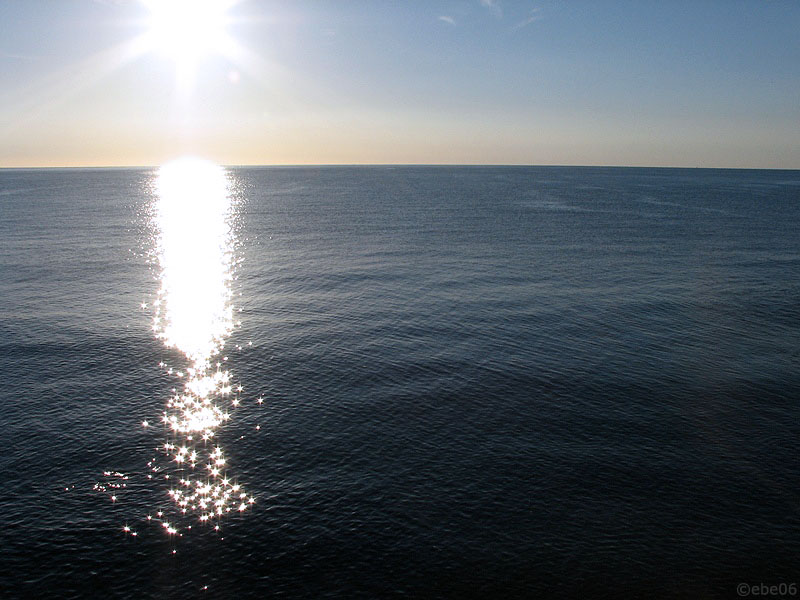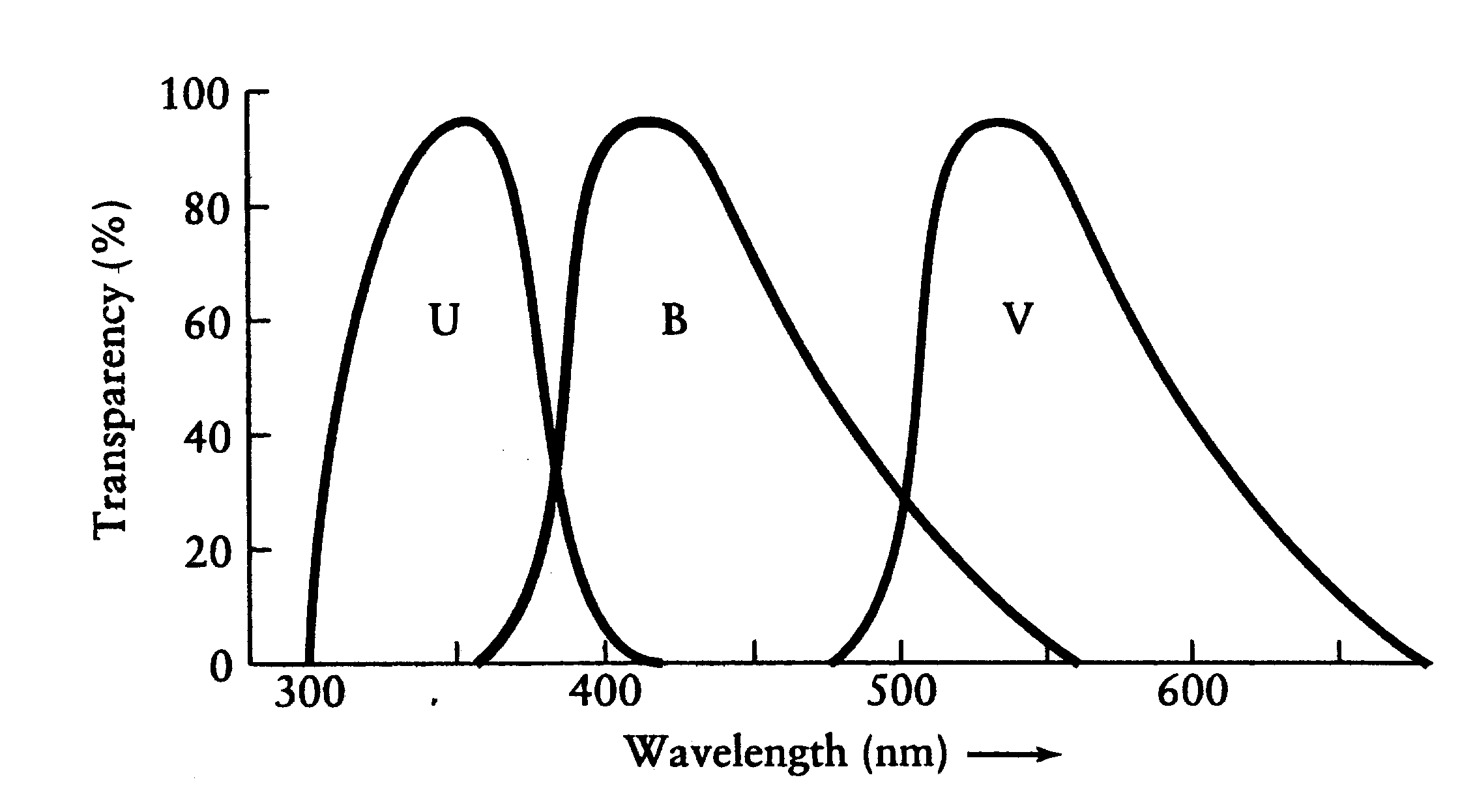The colors here are... weird. But take it easy! Don't shoot me! Yes, the colors are strange, but the filters chosen for this image (F555W (V), yellow-green, and F814W (I), infrared) are not without merit!
First, the large blue nebula you can see in the picture is an emission nebula, so it radiates most strongly in Ha light at, if I remember correctly, 656 nm (or was it 658?). That is far into the red region of the spectrum. But the red color of every hydrogen emission nebula is always "diluted" a bit by hydrogen beta emission, which radiates at, oh, 498 nm or something. That is the blue-green part of the spectrum. Together these two emission lines create the pink color that we are familiar with from photographic images of so many emission nebulae.
Yes, but really energetic nebula, energized by some hefty O stars, will also radiate quite a bit of OIII emission at about 501 nm. Together, hydrogen alpha and beta and OIII will create a yellowish light. Look at this picture of the Trapzium region of the Orion Nebula:
See the color of the brightest part of the nebula? It is yellowish, and that is no mistake.
Assuming the F555nm filter used for this image has a relatively broadband response, it should be able to catch both the hydrogen beta and the OIII radiation, plus perhaps a bit of Ha light. That's not so bad. (On the other hand, the nebulosity is shown as
blue in this picture, and that is wrong no matter how you look at it.)
As for the F814 nm filter, it is quite possible that faint stars will show themselves well through that filter (although I would have thought that they would show themselves even better through a filter of, say, 750nm). In any case, one of the really good things about this image is how it brings out all the faint stars that are born along with the few bright ones. However, it is not today's APOD which does the best possible job of resolving the small low-mass newborn stars, but rather this one:
http://www.mpia.de/Public/Aktuelles/Bil ... _Aug06.jpg
With a resolution as good as this one, you can start estimating the IMF (initial mass function) of the newborn clusters. That means, in plainer language, that you estimate how many faint low-mass stars are born for each bright high-mass one.
Well, today's APOD portrays an interesting starforming region, that much is certain!
Ann
 NGC 346 in the Small Magellanic Cloud
NGC 346 in the Small Magellanic Cloud



